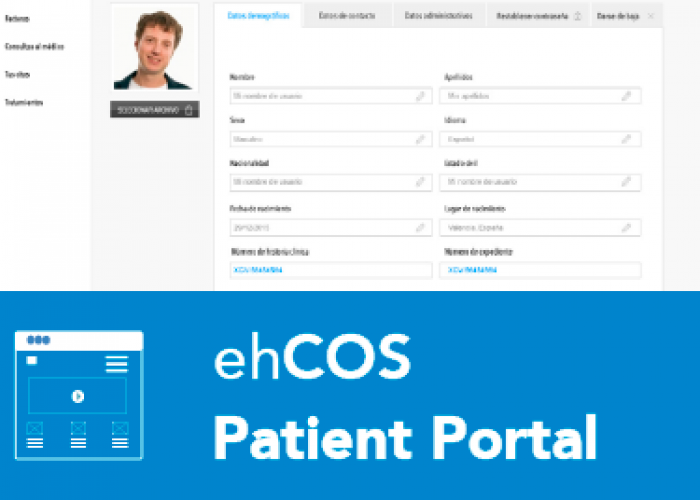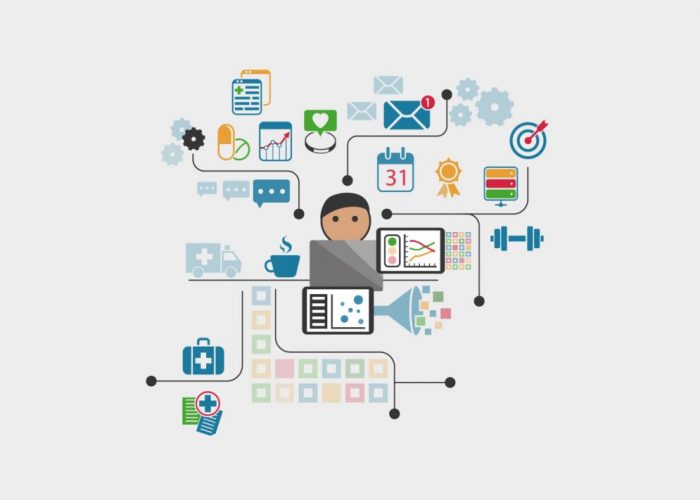Empowering, Educating and Engaging Users Through the Patient Portal


The Patient Portal is presently one of the most widely used personal health management tools with the greatest impact.
One of the main challenges currently faced by healthcare systems worldwide is the increase in the demand for their services, mainly due to three fundamental factors: the aging of the population, the prevalence of chronic diseases and, finally, comorbidity1.
In addition to the changes in mindset required by the current panorama, the growing need to obtain better health outcomes with similar or lower costs, along with the importance of providing a good patient experience and facilitating interaction with their health service, drives the emergence of new applications for health professionals and patients, among others.
The Patient Portal is presently one of the most widely used health improvement tools with the greatest impact. This tool, whose sole requirement is an Internet connection, permits 24/7 patient access to clinical records, review lab and X-ray result, consult previous care episodes, facilitate on-line appointments, receive information about prevention campaigns and promote continuous communication with the patient’s health organization.
Tools such as the Patient Portal, which is integrated within the Electronic Health Record, software solution, are essential for the transformation of the patient’s role to a more active agent in charge of their health care. According to a study carried out by CDW on Patient Engagement, 78% of respondents have a more proactive role in their health thanks to the use of this tool2.
What are the benefits of the Patient Portal?
Patients that are more empowered and committed to their health
‘A person who is engaged with their health will follow though on this commitment and lead a healthy lifestyle’
One of the most important objectives of an application of tools such as the Patient Portal is to get patients engaged and committed to their health. The ones who achieve that degree of engagement acquire more knowledge, skills and abilities that give them greater control over their health. The greater the commitment of patients, the greater their satisfaction with their health services, and the more they contribute to improving clinical outcomes. In this regard, health information technologies help to support that commitment.
‘A committed person is empowered and can make more informed decisions regarding their health’
The Patient Portal and other information technologies have promoted the appearance of so-called e-patients; people perfectly equipped, trained, empowered and committed to their health. Patients with access to all of their clinical information – from the Electronic Health Record to the latest laboratory results – have the ability to make more informed decisions about their health, better understand their ailment and be more involved in this process.
Better communication between health professionals and patients
‘Communication between health professionals and patients is a fundamental part of the care process’
The Patient Portal represents a true revolution in in terms of communication between health personnel and patients, often limited only to consultation time. The patient can resolve health-related issues without the need to go to the consultation, receive educational information to prevent diseases and develop healthy habits, something especially effective in the treatment of chronic patients.
Greater efficiency for the healthcare organization
The Patient Portal also benefits healthcare organizations by facilitating appointment scheduling, billing and test delivery, among others, allowing some administrative processes to be executed with fewer resources.
Greater patient participation
In addition to serving as a direct channel of interaction, the portal provides patients access to all of their clinical documentation, thus promoting greater communication and more productive dialog with their physician during face-to-face consultation, as well as increased pro-activity in the management of their health conditions.
1 Cloud Standards Customer Council. (Febrero, 2017). Impact of Cloud Computing in Healthcare.
2 CDW. (2017). Patient Engagement Perspectives Study.
3 Committee on Identifying and Preventing Medication Errors. Front Matter. Preventing Medication Errors: Quality Chasm Series. Washington, DC: The National Academies Press; 2007.
We also recommend you
-

ehCOS Patient Portal
Building powerful relationships with your patients to improve health services and their sustainability What is ehCOS Patient Portal? -

Information Technology Adoption in the Healthcare Industry
Whitepaper that address the top challenges facing current healthcare organizations in their digital transformation process Download whitepaper
.png)




